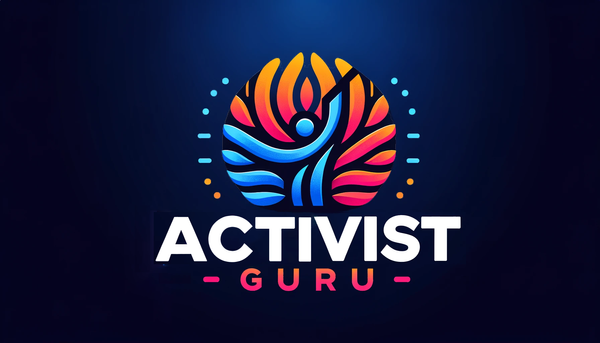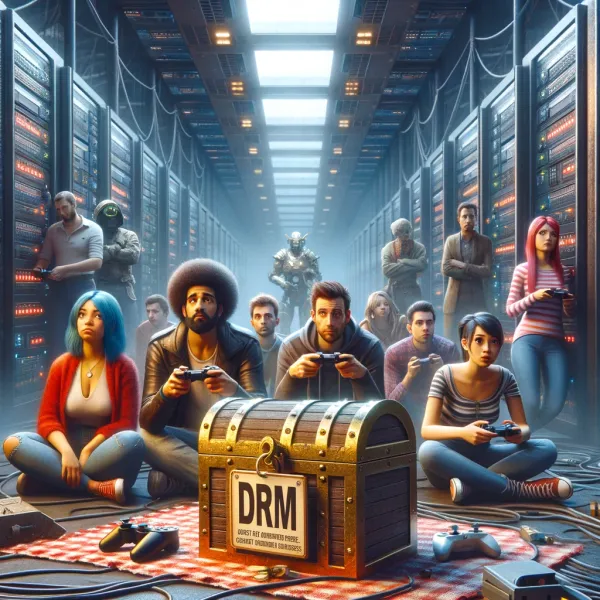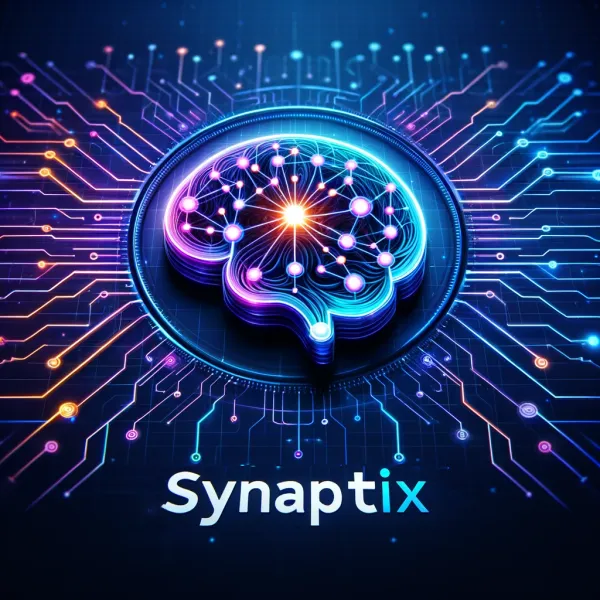SAG-AFTRA Concerned about AI Impact on Actors' Jobs in Hollywood

The ongoing strike by SAG-AFTRA, the actors union representing 160,000 members, has shed light on a growing concern in Hollywood—how artificial intelligence (AI) might affect the future job prospects of actors. While negotiations between actors and major studios and streaming services have broken down over various issues, the use of AI has emerged as a contentious and relatively unknown topic. SAG-AFTRA fears that AI could lead to a significant reduction in acting roles, jeopardizing the livelihoods of its members.
AI and Virtual Actors
Computer-generated imagery (CGI) has long been used in Hollywood to create virtual actors and extras. However, the advancements in AI technology now make it easier and more cost-effective to generate performances by actors who are not physically present. This has raised concerns among SAG-AFTRA members that studios might exploit AI to eliminate acting jobs. While AI-generated deepfakes have gained attention on social media, the same technology could potentially replace background actors in studio and streaming productions—roles that provide crucial employment opportunities for SAG-AFTRA members.
Diverging Perspectives on AI Proposal
The two sides involved in the negotiations, SAG-AFTRA and the Alliance of Motion Pictures and Television Producers (AMPTP), have conflicting views on the proposed use of AI. AMPTP claims its proposal includes new AI protections for actors, safeguarding their digital likenesses and requiring consent for the creation and use of digital replicas or alterations. However, SAG-AFTRA remains skeptical, believing that the studios’ assurances are not as valuable as they claim. The union highlights the studios’ proposal to scan background performers, own their images, and use them indefinitely without consent or compensation as a major concern.
Complications and Potential Solutions
While a complete ban on AI in creating virtual actors is unlikely, industry experts suggest that negotiations may establish rules for its use and ensure minimum compensation for actors whose voice or image is manipulated through AI. The rapid advancement of AI technology poses a challenge in reaching a meaningful agreement, as guidelines crafted today might quickly become outdated. Uncertainty about the long-term impact of AI on the entertainment industry further complicates the negotiation process.
Implications Beyond Hollywood
The issue of AI in labor negotiations extends beyond Hollywood, with as many as 300 million full-time jobs globally predicted to be affected by automation. While actors and writers are at the forefront of confronting this issue, the outcome of these strikes will serve as a precedent for future labor negotiations. As AI continues to evolve, other industries, such as delivery services, are likely to face similar challenges related to job displacement and technological advancements.
Conclusion
The ongoing strike by SAG-AFTRA highlights the concerns surrounding the use of AI in Hollywood and its potential impact on actors’ job opportunities. While negotiations continue between the union and major studios and streaming services, finding a middle ground is complicated by the unpredictable nature of AI’s future implications. As Hollywood grapples with this issue, it sets a precedent for other industries facing the advent of automation and raises questions about the role of AI in shaping the future of work.
The ongoing strike by SAG-AFTRA highlights the concerns surrounding the use of AI in Hollywood and its potential impact on actors’ job opportunities. While negotiations continue between the union and major studios and streaming services, finding a middle ground is complicated by the unpredictable nature of AI’s future implications. As Hollywood grapples with this issue, it sets a precedent for other industries facing the advent of automation and raises questions about the role of AI in shaping the future of work.




